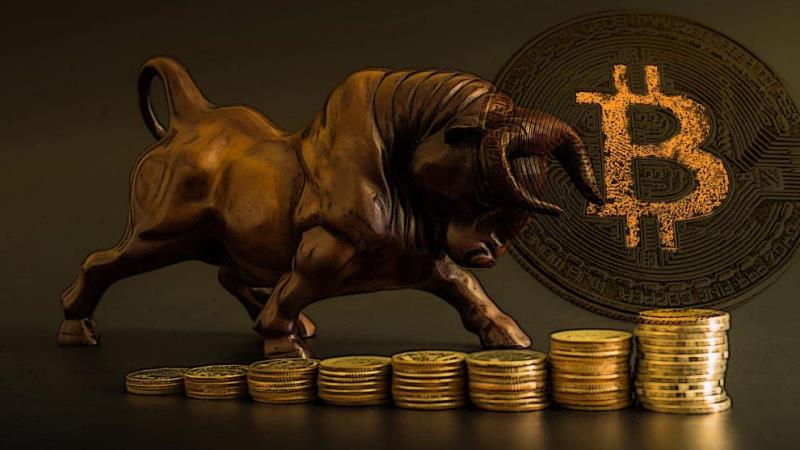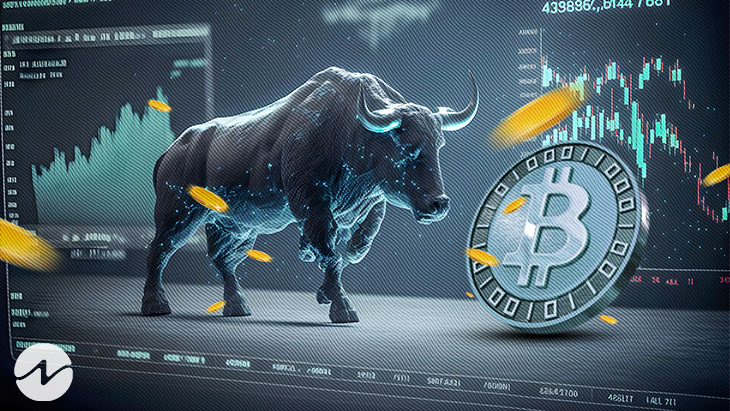Yes, Huge update from the FED, a trend change the FED just gave everybody 300 billion more reasons, to buy Bitcoin printer just started, also the FED just released the cryptocurrency bowls, of course like always what I’m referring to is the Fed total assets on their balance sheet is again flipped going back up and to put this into perspective zooming out.

We know that when the Fed brings assets onto its balance sheet, it buys them, which is one way QE is trying to stimulate the market. We saw that after the 08 housing crisis, we saw that drastically after the 2020 pandemic crash and now this week.
Since all these banking collapses we’re seeing it again, so I’ll play you a clip of what experts say about this in a second but let’s just talk about the facts because, while crypto Twitter thinks that the fed’s 297 billion dollar balance sheet expansion is QE some say it’s not, so here are the specifics the U.S federal reserves balance sheet has expanded by almost 300 billion dollars to 8.63 trillion in the week of March 15, peak.
Since November and by a standard definition this should be considered a pivot back to quantitative easing or QE. Which involves buying assets such as government bonds and mortgage-backed securities to inject liquidity into the financial system is the basic definition and just zooming out QE has always historically been very good for Bitcoin QE initiated after the 08 crash and following the March 2020pandemic induced crash expanded the fed’s balance sheet by trillions in stimulated asset prices including cryptocurrencies.
So, why isn’t this week the same well the recent balance sheet expansion stemmed mainly from Banks borrowing short-term loans from the central bank to cope with the the crisis of confidence triggered by the collapse of the three U.S banks meaning technically this isn’t free money it’s just a loan a short-term one-year loan and as stated by analyst Mark Chandler QE is increasing the balance sheet for monetary purposes this is about financial stability and all expansion of the balance sheet is not QE.
The main problem from these Banks is they had the assets, but they didn’t have the liquidity, because a lot of their money from their depositors were in more longer term treasury bills, now many of those treasury bills would mature in about 10 years, the issue is there’s a little bit of a bank run and depositors and the banks needed that money.
Now, so what the FED said is that, you can give us those long-term assets and we’ll give you that short-term liquidity it’s a loan it’s due in a year but, then you have cash today and the FED didn’t announce that there was a beginning and an end to this program other than saying, these would be one-year loans.
So I think, the exposure for the American banking system at a minimum is going to be this two trillion dollars, because now the incentive if you’re a the banker who now runs one of these banks that didn’t go broke went straight to the Fed and gave them all these assets and got a loan and now take that and buy different assets different bonds different U.S treasuries.
So chamoth is explaining something very key, here he is on the latest episode of the all-in podcast. I’ll play you a clip of about 90 seconds, but listen as the chamois explain two things to you. Number one, this isn’t going to stop Bankers from banking meaning, he thinks they’re just going to take this money and then buy shorter term loans try and get more yield.
So it’s not going to fix their irresponsibility and two, this is essentially just kicking the can one more year down the road because, now the incentive if you’re a banker right now running one of these banks that has not gone under is to immediately go to the Fed put all of those assets to them get a loan and now take that and buy different assets, different bonds different U.S treasuries, that are yielding much more than what your old treasuries were yielding and I think that’s the Arbitrage that we’ve unfortunately created.
The other question, now though however is what does that mean for the top four Banks right, because if it’s 2 trillion for everybody else, but the top four what’s the gap for the top four that looks like, it’s somewhere between a trillion and two trillion.
So that’s another amount of money we’re going to have to go or the FED will have to backstop and then as Friedberg said, these checks always come due what do we do in a year because in a year the problem is, the only way to make the banks in a position to repay this much money in one year is to cut interest rates.
So massively that these assets massively inflate and now all of a sudden you’re in a position to cover this, but these are with the government you get a loan collateralized by these assets so you’re still holding them right. and they mature so, if the FED takes an emergency posture and says okay guy,s we want to avert a crisis in a year from now.
We’re going to cut rates, these assets that these Banks own will be worth more which will allow them to repay the loan as far as I can tell all we’ve done is we’ve kicked the can down the road for a year, but I do think it’s important for people to realize this doesn’t solve the problem it just means that mark your calendar for a year from now we have a problem on March 15 2024.
So while I would say, what just happened isn’t full-blown quantitative easing this is a major baby step showing that the dam is starting to crack and again when in doubt zoom out last election year, the fed’s assets total assets doubled from 4 trillion to 8 trillion in the 08 election year it also doubled.
I wonder if this election year in 2024 will be the same also here is the official breakdown of how much money came in each specific loan. I’m not going to bore you with those details, just know all things considered the net assets on the fed’s balance sheet increased by about 300 billion dollars undoing months of the central bank’s efforts to shrink its balance sheet. but that’s not necessarily stimulative like QE.










